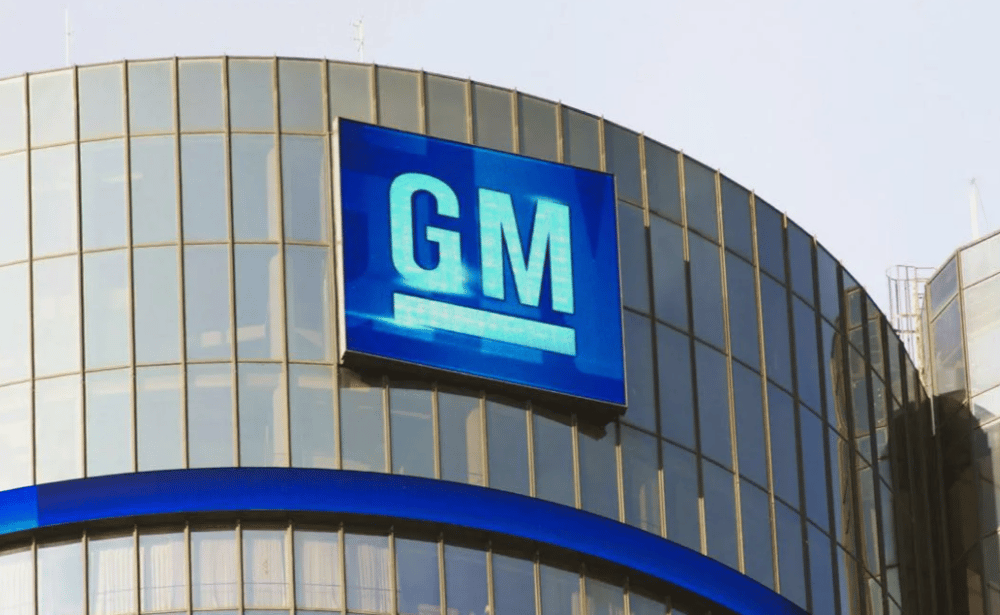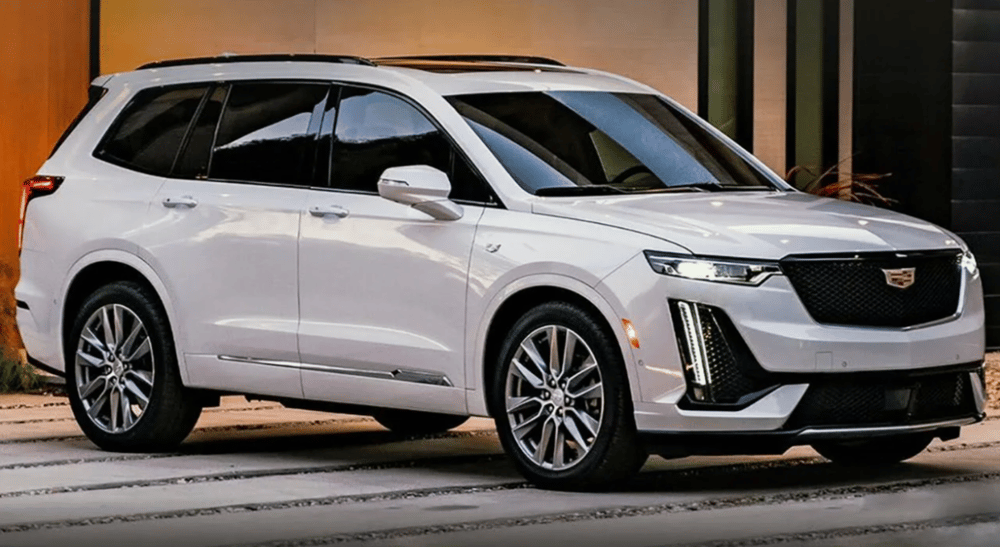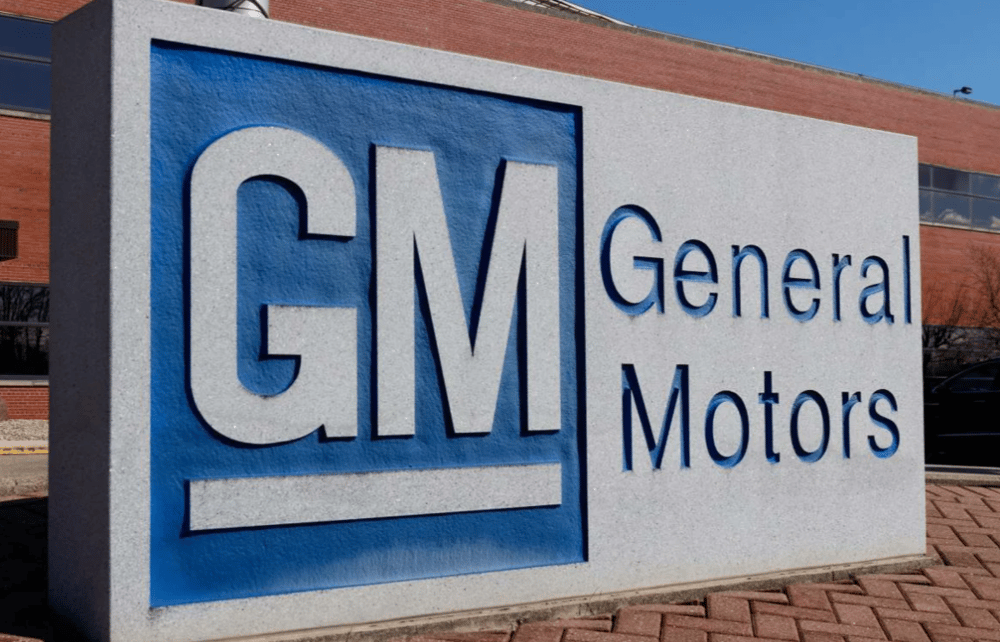General Motors Restructuring – Discontinuing the Cadillac XT6 and Embracing Electric Mobility
General Motors is steering its future strategy with a decisive move in a rapidly evolving automotive landscape. The company has announced that it will cease the production of the three-row Cadillac XT6 powered by a gasoline engine at its Spring Hill Assembly plant in Tennessee by the end of 2025. This decision, driven by long-term strategic planning rather than external tariff pressures, marks a pivotal transition toward a fully electric lineup under the Cadillac brand.
A New Chapter in the Luxury Brand’s Evolution
In an era where environmental regulations tighten and consumer confidence in electric vehicles grows, traditional automakers are rethinking their product portfolios. Cadillac, long renowned for its blend of luxury and performance, is evolving its identity by prioritizing technological innovation and sustainable mobility over conventional gasoline-powered models. While the production of the XT6 is coming to an end, GM will continue the production of the slightly smaller gasoline-powered Cadillac XT5 until the end of 2026. Simultaneously, the Spring Hill Assembly plant will serve as the manufacturing hub for new electric models like the Cadillac Lyriq and Vistiq.
This strategic realignment underscores GM’s commitment to innovation and resiliency. As the automotive industry shifts toward electrification, Cadillac’s new focus not only preserves its heritage but also ensures its competitive edge in a market rapidly embracing cleaner, high-tech transportation solutions.

Exploring the Driving Forces Behind the Change
The cessation of the Cadillac XT6 production reflects a convergence of several critical factors reshaping the global automotive market:
• Stricter environmental standards demanding reduced emissions
• Declining consumer interest in traditional gasoline models
• The need to refine and optimize product portfolios amidst fierce competition
• A burgeoning demand for advanced electric vehicles
These converging trends signal a transformation for the Cadillac brand. By transitioning away from legacy gasoline models, GM is positioning itself as a forward-thinking leader in automotive technology and sustainability. In light of ongoing global decarbonization efforts, the intensified focus on electric mobility represents a strategic pivot that is both timely and necessary.
Key Milestones in the Shift Toward Electrification
The transformation strategy at GM can be understood through a series of deliberate milestones that are reshaping its business model. Key steps in this transition include:
1. Revamping the product portfolio by discontinuing older models
2. Increasing investments in electric vehicle research and development
3. Modernizing production facilities like the Spring Hill Assembly plant
4. Incorporating advanced technologies and digital services into new models
5. Expanding market reach by promoting environmentally friendly vehicles
These measures collectively outline GM’s commitment to staying ahead in the competitive and fast-paced automotive industry. Each step not only aims to cut costs but also enhances the company’s ability to deliver innovative, sustainable, and technologically advanced vehicles that meet modern consumer expectations.

Navigating the Modern Challenges of the Automotive Industry
The shift toward electrification is not without challenges. Several key issues are currently influencing the direction of major automotive players:
- Intensifying competition in the electric vehicle sector
- Rapid advancements in autonomous driving and connected car technologies
- Increasing governmental regulations on vehicle emissions and sustainability
- Shifting consumer preferences towards smarter, greener transportation
- Global economic and political factors that impact supply chains and production scalability
Addressing these challenges requires agility and substantial investment in technology. The ongoing restructuring and product optimization efforts at GM reflect a broader trend in the automotive sector—a move toward efficiency, innovation, and a sustainable future. This proactive stance enables companies to continually adapt to changing market demands and regulatory climates while upholding a commitment to quality and technological excellence.

Final Observations
GM’s current restructuring strategy, exemplified by the discontinuation of the Cadillac XT6, is emblematic of the sweeping changes within the global automotive industry. The shift away from conventional gasoline models in favor of electric vehicles marks a significant reorientation toward sustainability and modern technological advancements. By utilizing facilities such as the Spring Hill Assembly plant for the production of next-generation electric models, GM is not only reinventing its manufacturing approach but is also reinforcing its commitment to a cleaner, smarter automotive future.
The ongoing evolution within General Motors highlights the importance of innovation and adaptability in an increasingly dynamic market. Embracing electric mobility and refining the product portfolio are essential strategies for ensuring long-term growth and stability, reaffirming GM’s role as a leader in the transformation of the automotive landscape.


















Comments